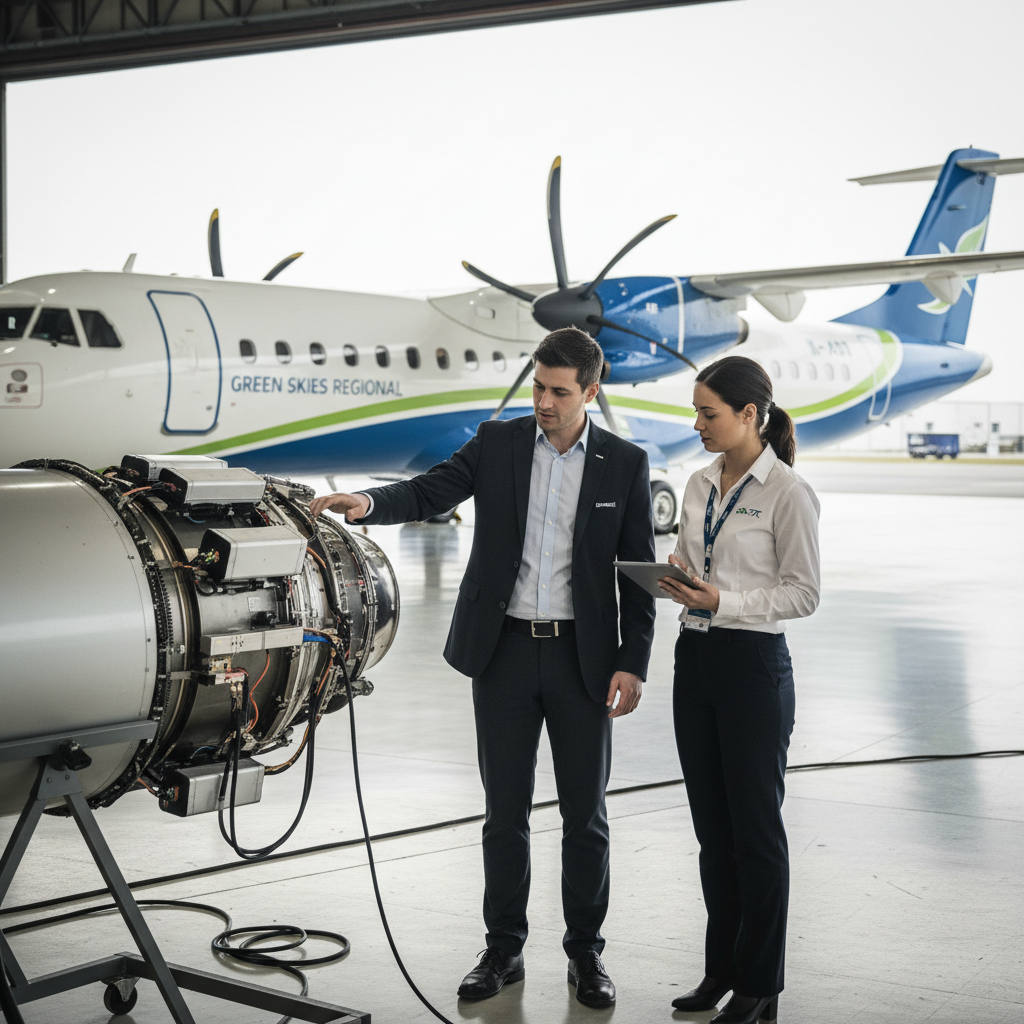Physical Address
304 North Cardinal St.
Dorchester Center, MA 02124
Physical Address
304 North Cardinal St.
Dorchester Center, MA 02124
Global aviation news tracker
Global aviation news tracker

ATR Pratt & Whitney hybrid engine collaboration aims to accelerate hybrid-electric propulsion for regional turboprops.
Franco-Italian manufacturer ATR and engine specialist Pratt & Whitney Canada have announced a technical partnership to develop new engine technologies, including a hybrid propulsion system for future regional aircraft. The collaboration targets measurable reductions in fuel consumption and greenhouse gas emissions as the industry pushes toward cleaner short-haul flying.
The project focuses on integrating hybrid-electric components with conventional turboprop architectures used by regional operators worldwide. ATR is known for its ATR 42 and ATR 72 twin-turboprop family; Pratt & Whitney Canada brings decades of experience designing small-to-medium turbofan and turboprop engines and auxiliary power systems.
Developing a hybrid propulsion system for regional aircraft is technically complex: it requires new power-management systems, thermal control, and certification pathways. The partners aim to explore how electric motors, batteries, and improved combustion engines can work together to cut fuel burn on short sectors while keeping payload and range practical for regional airlines.
For airlines and passengers, hybrid propulsion could mean cheaper, cleaner short-haul flights without the radical infrastructure changes hydrogen or full-electric approaches might require. That makes hybrid systems an attractive intermediate step toward net-zero aviation goals while manufacturers and regulators sort out longer-term solutions like hydrogen or advanced sustainable aviation fuels.
Details on timelines, testbeds, or specific engine models were not provided in the announcement. The initiative does, however, underscore growing momentum among airframers and engine-makers to collaborate on pragmatic, near-term carbon-reduction tech for the regional market.